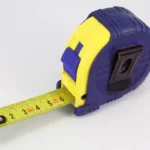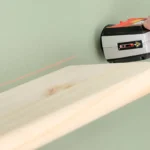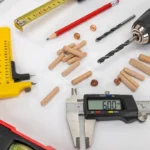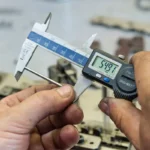When it comes to measurement, measuring twice and cutting once isn’t just advice, it’s the rule. Accurate measurement is the backbone of success in many fields, from carpentry to cooking, and getting it right can be the difference between a masterpiece and a mess.
In this guide, we’ll dive into the best practices for ensuring your measurements hit the mark every time.
Understanding Measurement Tools
Let’s break down the toolbox essentials. Whether it’s a caliper for precision, a tape measure for reach, or a simple ruler for quick checks, each tool has its ideal scenario. For example, when precision is paramount, such as in engineering, calipers provide accuracy that measuring tapes can’t match. On the other hand, for home DIY projects, a sturdy tape measure is your best ally.
Selecting the Right Tool for the Job
Choosing the right tool is like picking the right key for a lock. It not only makes the job easier but also prevents potential damage. It’s about knowing when a laser measure is overkill or when a simple ruler will do the trick. The trick is to align the tool’s capabilities with your project’s requirements.
Calibration and Maintenance of Measuring Instruments
Why recalibrate? Because even the best tools can drift from true north. Regular calibration ensures you’re not building on shaky foundations—literally. It’s like resetting your musical instrument before a concert; it ensures you perform at your best.
Here’s a simple calibration mantra: check, adjust, confirm, repeat. Whether it’s a digital device or a traditional tool, the steps might vary but the goal remains the same—to achieve flawless accuracy. For most home tools, a professional calibration every year is a good benchmark, while more frequent checks might be necessary for professional-grade tools.
Measurement Techniques
Perfecting the art of measurement is akin to perfecting a golf swing; it takes practice and patience. Make sure your tool is level, take note of environmental factors like temperature and humidity, and always double-check your readings. A steady hand and a clear eye can prevent most common errors.
Consistency is king when measurements are repeated. Set up a dedicated measuring station if possible. Use jigs or stops to guarantee you’re not just doing it right once, but every time. Think of it as setting up bumpers in bowling; they keep you straight and true.
Leveraging Technology in Measurement
Gone are the days of eyeballing and guesswork. Welcome to the digital era where tools like laser measures and infrared thermometers take precision to new heights. These gadgets not only speed up the measuring process but also boost accuracy with features that read the tiniest details—from distance to temperature.
Picture this: your measurements feed directly into a design software, tweaking your blueprints in real-time. This integration reduces errors and saves time during project revisions. Software solutions like AutoCAD and SketchUp can import data from digital tools, aligning the virtual and real worlds seamlessly.
Troubleshooting Common Measurement Mistakes
Ever cut a piece of wood only to find it’s just a smidge too short? It’s a common mistake that can be avoided by measuring from the ‘1 inch’ mark rather than the end of the tape measure—a simple shift that improves accuracy. Sharing such tips can turn frustrating missteps into learning opportunities.
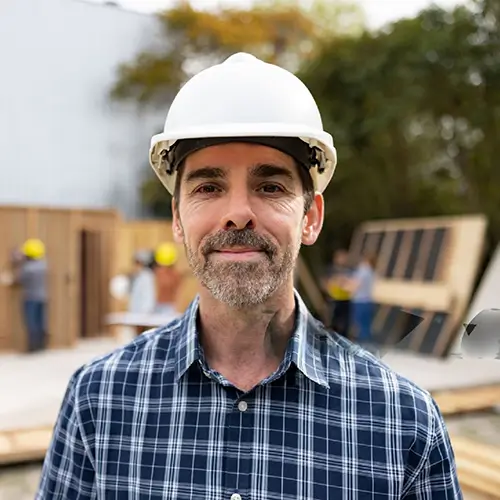
Matthew Dowell
Matthew, a seasoned builder from a family of craftsmen, leads Tools Trove. His passion for tools and decades of hands-on experience fuel his commitment to providing expert reviews and insightful content. Whether you’re a pro or a DIY enthusiast, Matthew’s guidance ensures informed decisions in the world of tools.

